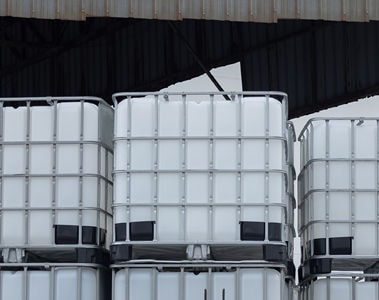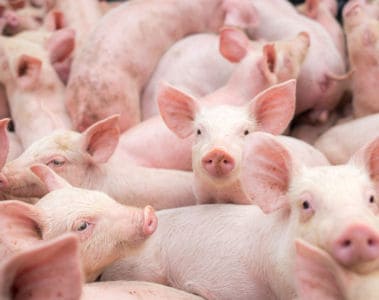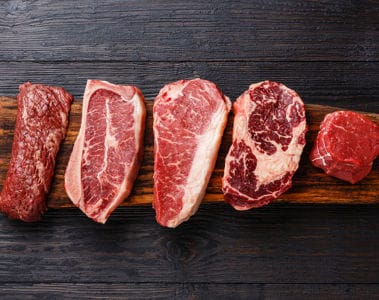Navigating the global vitamin market in the face of numerous influencing factors reveals a complex and intricate environment. As we approach the final month of the year, the market's foundational aspects remain robust, driven by population growth and GDP per capita growth, leading to increased meat consumption. However, there are regional disparities, with lower to middle-income countries experiencing a more pronounced rise in per capita meat consumption.
After facing a wide array of uncertainties, from inflation influencing consumer demand as well as production costs to geopolitical tensions and disease outbreaks, leading to a ‘bull-whip’ effect from 2021 until now, the market could be entering calmer times, with pressures such as supply chain disruptions easing and economic outlooks stabilizing across regions. In addition, decreasing volatility suggests prices could have bottomed out, especially for selected vitamins.
Indeed, first producers are attempting price increases, for example in vit B1 mono and vit B6 HCl, with success. Others, such as vit C, vit B3, and vit K3, exhibit potential to reverse their negative price trends.
Our analysis covers trends for the main vitamins, highlighting a unique narrative for each product as prices, demand, and supply vary:
Vitamin E prices have been relatively stable at higher levels since 2020. However, aggressive competition is now causing downward pressure, and a key competitor could potentially face supply uncertainty in 2024. Demand and supply remain balanced but with short coverage, a small change could shift this.
Vitamin A prices have softened further in recent weeks to levels below historical lows. Increased lithium and energy prices pose challenges, potentially leading to the exit of smaller players.
Vitamin D3 buyers have shifted from a hand-to-mouth approach to securing volumes with favorable conditions. Rising raw material costs place financial strains on all players, prompting some Chinese players to stop offerings in China.
Vitamin C prices are at exceptionally low levels due to low demand and over-capacity. Customers are locking in longer-term contracts, anticipating that prices may have hit rock bottom. Related to this, first producers have now stopped quoting.
Vitamin K3 producers are taking strategic measures to stop declining prices. Market situation results in increased buying activity for immediate needs and Q1 coverage. Producers are cautious about long-term commitments for 2024 at current prices.
Vitamin B1 prices were declining for several months at already very low levels. After stopping offering for a few weeks, several Chinese players are now increasing prices.
Vitamin B2 pricing has stabilized at lower levels, with the North American market expected to remain stable at these low levels.
Vitamin B3 prices initially increased significantly in Q3 due to low demand for herbicides, but recent aggressive behavior from selected players led to price decreases.
Vitamin B5 experiences price erosion to almost all-time lows due to weak demand and ample supply, prompting some buyers to cover demand for longer periods at low prices.
Vitamin B6 prices have firmed up in the last three months following a.o. the Xinghuo plant closure announcement. However, uncertainties around demand result in limited physical coverage.
In summary, the global vitamin market navigates a complex terrain influenced by diverse factors. As we near the year-end and negotiations start for the new year, the market shows resilience and some first encouraging signs of recovery and positive momentum for 2024.


